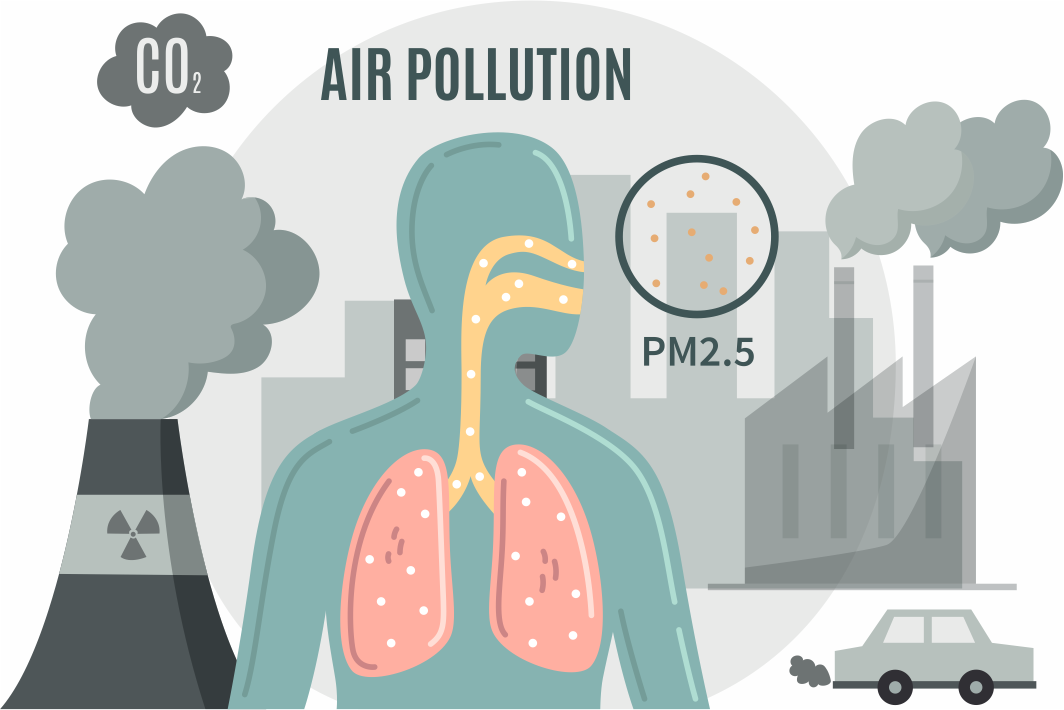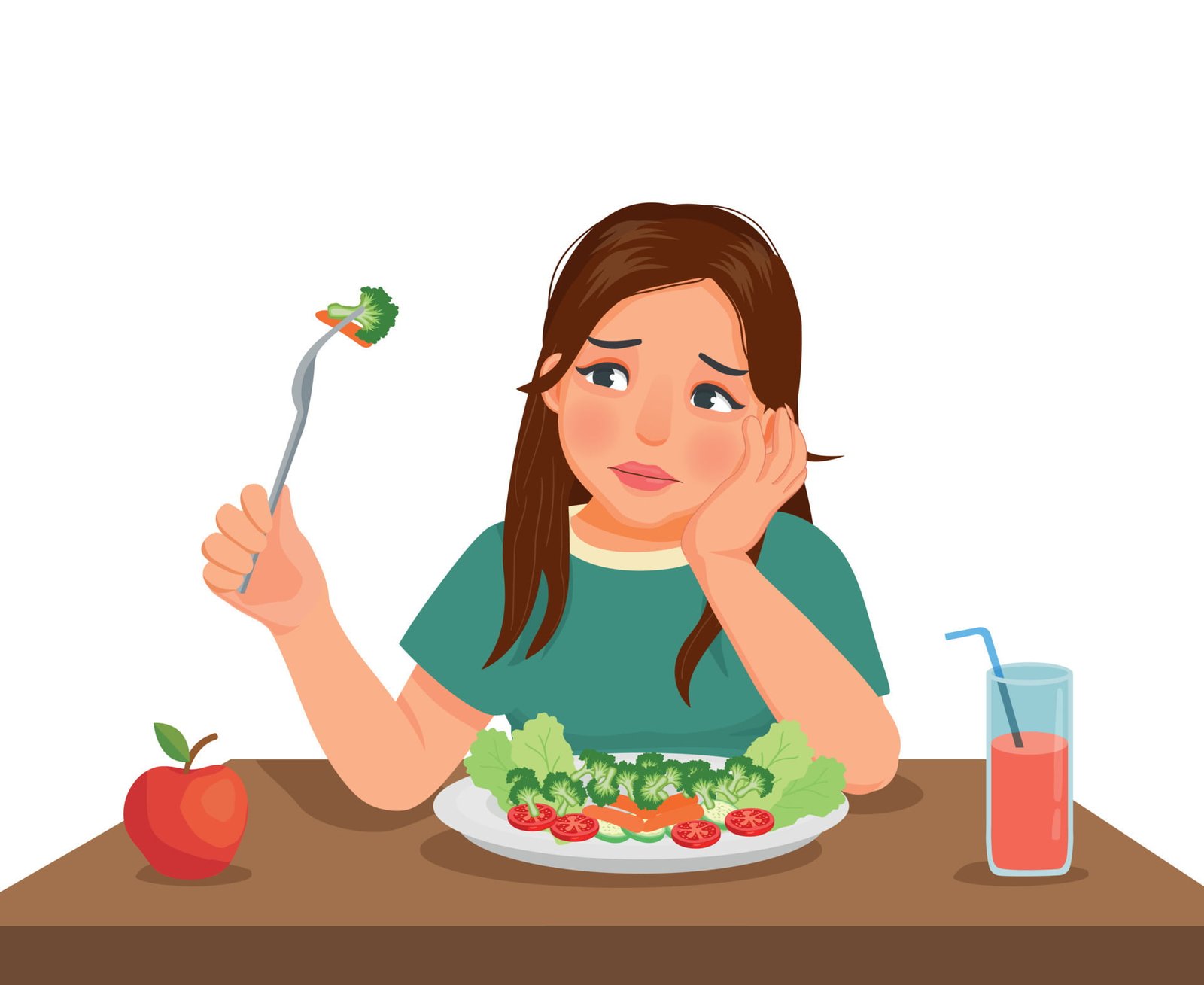How Air Pollution Fuels Lung Cancer Cases:1 Hidden Risk
Unveiling the deadly connection between air pollution and lung cancer in nonsmokers, with prevention tips and treatment insights.

There has been considerable reporting on one leading cause of death, through cancer, which strikes more than 1.8 million a year. Indeed, smoking is an identifiable risk for a lung tumour, but a recent investigation puts another spotlighting threat as in recent years, more exposure to an evil called air pollution. A very well-known important particulate within air matter that possibly could induce lung carcinogenicity or could affect non-tolerated lungs. This trend has been alarming, so health professionals urge good awareness and prevention for healthy lungs.
This article will address the many facets of the link between air pollution and disease development among nonsmokers with lung cancer: significant risks, symptoms, and measures that work to prevent the disease. We will also discuss treatment options for lung cancer patients and how to protect lung health in polluted environments.
Understanding Air Pollution and Its Impact on Lung Health
Air pollution describes harmful substances within the atmosphere that may harm human health. These include particulate matter in PM2.5 and PM10, NO2, SO2, carbon monoxide as CO, O3, and VOCs. Industrial pollutants, automobile exhaust, fossil fuel usage, and agricultural activities are some of the significant causes of air pollution.

Studies have identified particulate matter: fine particles known as PM2.5, small enough to penetrate lung tissue, causing inflammation and oxidative stress. Long-term exposure to these contaminants may cause cellular damage and mutations, increasing susceptibility to numerous diseases, of which one commonly occurs—lung cancer. WHO research further predicts that exposure to air pollution is one of the environmental risks most significantly responsible for the growing number of people worldwide who have lung cancer.
According to recent surveys from the American Cancer Society, air pollution is now included among other carcinogens within their lists while having proven a strong positive association of carcinogen levels, which could point towards causing much non-small cell lung cancer, which is responsible for most necessary percentages of cancer. Other current research has been able to explain that the particles in polluted air at such very high levels make lung cells in the body grow in a move that can be cancerous.
How Air Pollution Contributes to Lung Cancer in Nonsmokers
Nonsmokers, especially in polluted areas, also have a higher risk. Various studies have found that those who have never smoked but live in polluted environments have a higher rate of lung cancer than those who live in cleaner areas.
Excellent particulate matter (PM2.5) in the air has been established to cause mutations in lung cells’ DNA. Such mutations affect cellular functions, causing uncontrolled cell growth and cancer. As research published in Cancer Research indicates, long-term exposure to air pollution enhances the chances of DNA damage in lung cells—an anti-cancer effect.

In addition to particulate matter, toxic gases like nitrogen dioxide (NO2) and sulfur dioxide (SO2) can contribute to the risk of lung cancer. European Respiratory Society findings show that exposure to nitrogen dioxide, a large proportion of motor vehicle exhaust emissions, weakens the human body’s protective systems in the lungs and thereby places nonsmokers at higher risks of acquiring lung cancer.
Furthermore, air pollution will exacerbate health difficulties, increasing the risk of lung cancer. According to one report published by the Lancet Respiratory Medicine journal, such lung conditions, in addition to being exposed for prolonged periods to pollutants-mostly increase individuals’ susceptibility to lung cancer.
Key Symptoms of Lung Cancer: Recognizing Early Signs
Lung cancer does not necessarily have significant enough symptoms at its initial stage to detect it, which makes it risky. However, a few symptoms may point to this disease. This knowledge is also essential for nonsmokers who live in areas exposed to air pollution.
- Persistent or Worsening Cough: In other cases, a chronic cough that has taken such a long period without fading off or has deteriorated could mean lung cancer, which is considered one of the most frequent signs of this type of cancer.
- Coughing Up Blood or Phlegm: Expectorating blood or unusual phlegm should be treated as a serious concern, particularly in individuals with no history of respiratory conditions.
- Weight Loss and Loss of Appetite: Advanced lung cancer often causes unexplained weight loss and loss of appetite. The body uses its energy resources to fight off the tumour.

- Chest Pain: Persistent chest pain, particularly when breathing or coughing, often indicates the occurrence of a lung or other tumour.
- Breathing Difficulties: Shortness of breath, wheezing, or trouble breathing may be symptoms of lung cancer, as tumours can restrict the airways or create fluid buildup around the lungs.
- Frequent Respiratory Infections: Recurring pneumonia or bronchitis might indicate a lung disease like cancer. Repeated infections can be a clue to consult with a healthcare professional.
- Fatigue and Weakness: Generalized fatigue, weakness, or lethargy that doesn’t improve with rest may be a sign of cancer or another serious underlying health condition.
- Swelling in the Face or Neck: Swelling can be experienced around the face and upper body where major blood vessels have been compressed. The result could be poor circulation.
See your doctor right away if these symptoms occur because they persist for a few weeks longer. Early treatment is the best determinant of successful lung health treatment.
Preventive Measures to Protect Lung Health
While air pollution poses a significant risk factor for lung cancer, one can take specific steps to minimize exposure to it and consequently protect lung health.
- Use Air Purifiers: Having installed HEPA air purifiers in the home environment or in general residential areas, which often experience more pronounced air pollution, reduces the occurrence of harmful particles.
- Limit Outdoor Exposure During High Pollution Hours: Avoid outdoor activities, especially strenuous exercises, during peak pollution hours. Due to heavy traffic, pollution levels are generally highest in the morning and evening.
- Stay Indoors on High Pollution Days: Monitoring air quality levels in your area and staying indoors when there is high pollution can reduce exposure to harmful pollutants.

- Advocate for Cleaner Air: Supporting policies that reduce air pollution—such as promoting clean energy, reducing vehicle emissions, and advocating for stricter industrial regulations—can help improve air quality on a larger scale.
- Quit Smoking: While this may not directly address air pollution, quitting smoking is one of the most important ways to protect lung health and reduce the risk of lung cancer.
- Healthy Diet Maintenance: A diet that is highly supplied with antioxidants, vitamins, and minerals can assist the body’s immunity in fighting against cancer because a good diet will facilitate cellular repair work.
- Regular Health Checkups: Routine checkups with a doctor can identify abnormalities early on, increasing the chances of effective treatment.
Treatment Options for Lung Cancer
Once lung cancer is diagnosed, the specific treatment for that stage and type depends on the severity of the tumour. Standard treatment options include
- Surgery: Often used for early-stage lung cancer, surgery involves removing the tumour or part of the lung to prevent the spread of cancer.
- Radiation Therapy: Targeted radiation can help shrink tumours and relieve symptoms, especially for inoperable cancers.
- Chemotherapy: Chemotherapy is a drug-based treatment that destroys or suppresses cancer cells. It is primarily used to treat cancer that has spread beyond the lungs.
- Targeted Therapy: It targets specific genetic mutations in cancer cells, which is more individualized and realistic.
- Immunotherapy enhances the body’s immune system to recognize and destroy cancer cells.

Conclusion
Although air pollution is one factor that has gained prominence in the fight against lung cancer, it is not solely responsible for the increasing number of cases among nonsmokers. The primary symptoms of lung cancer and how pollution accelerates the disease are some critical factors for intervention at an early stage. Prevention of exposure to dangerous pollutants, in addition to frequent checkups for one’s health, helps one avoid this serious problem, reduces the chance of having lung cancer by a significant percentage, and enhances the condition of the lungs.
Given the emerging scientific evidence about air pollution’s contribution to lung cancer, the general public and policymakers must be more proactive about controlling pollution and alerting people about this silent killer. We can guarantee that future generations enjoy healthier lungs and a cleaner environment.




